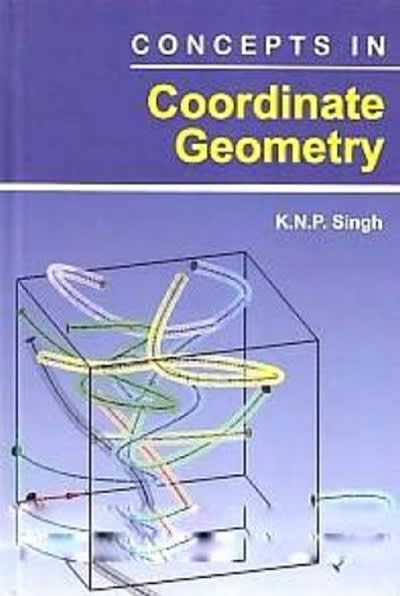Answered step by step
Verified Expert Solution
Question
1 Approved Answer
1. Evaluate the limit of (x + sin 2x)/(x - sin 2x) as x approaches 0a. None of these b. 48 C. 16 d. 32
















1.
















Step by Step Solution
There are 3 Steps involved in it
Step: 1

Get Instant Access to Expert-Tailored Solutions
See step-by-step solutions with expert insights and AI powered tools for academic success
Step: 2

Step: 3

Ace Your Homework with AI
Get the answers you need in no time with our AI-driven, step-by-step assistance
Get Started


